During the period 1965-1975, the war was very fierce, all activities of the State Bank of Vietnam had to change direction to adapt to the wartime situation. The State Bank of Vietnam improved and expanded credit relations, payment, cash management, state budget fund management, helped enterprises evacuate and disperse production, boost production and business; continued to promote bank credit to serve the development of the state-owned economy and collective economy; actively exploited foreign currency sources for the State, ensuring smooth international payments, meeting the requirements of production, combat and life.
However, at that time, we encountered countless difficulties in the task of receiving aid, distributing money, and using money to buy weapons to transfer to the Southern battlefield. From there, a legendary route was formed to transport foreign currencies to support the Southern battlefield. Specifically, to receive and transfer foreign currencies supported by international friends to the Southern battlefield, in 1965, the State Bank of Vietnam established a specialized organization in charge of special payment operations at the Foreign Exchange Department - Bank for Foreign Trade of Vietnam, under the name of Room B29 or "Special Foreign Currency Fund". In the South, the Special Finance Department under the Central Office for Southern Region with code numbers D270 and N2683 was also established with the task of receiving aid from the Central; organizing the storage and preservation of money to serve the long-term resistance war.
 |
| The diplomatic suitcase branded "Luxe" (made in the Soviet Union) was used by overseas officials to transfer USD to the "Special Foreign Currency Fund" in Hanoi. Photo: Archive |
According to comrade Le Van Chau, former Deputy Governor of the State Bank of Vietnam, member of the "Special Foreign Currency Fund" - B29, under the direct guidance of the Politburo and the Central Office for Southern Vietnam, the banking sector overcame all difficulties, hardships, and dangers in the bombs and bullets as well as the strict control of the enemy to support the battlefield. From the extremely primitive and costly methods of transporting cash (AM), later, the officers and employees of the banking sector switched to the money transfer method (FM), helping to save time for transporting money from the "Special Foreign Currency Fund" in Hanoi to the South from 30 days to 6 days and then only 30 minutes.
In addition, the banking industry also has a secret "line" responsible for exchanging foreign currency and receiving aid from international friends. In the document, Mr. Mai Huu Ich (aka Bay Ich), former Deputy Director of the Foreign Exchange Department and also a member of the Southern Aid Committee, said: “In the process of receiving special aid foreign currency and implementing the plan to support the battlefields in foreign currency, we flexibly applied foreign currency conversion business operations, taking advantage of transferring aid capital in USD, from no interest to converting into strong foreign currency, earning exchange rate differences and high interest rates in foreign currency. We took advantage of the fluctuations in the capitalist currency market, arranging foreign currency deposits in agent banks with high interest rates, in order to earn the most profit. In the situation where the capitalist currency system often fluctuated complicatedly, depreciated, and devalued, we flexibly converted many types of foreign currency of the "Special Foreign Currency Fund" into relatively stable strong foreign currencies, or those with a tendency to appreciate in value compared to USD, thereby limiting losses and earning 20,993,950USD in interest...”.
After 10 years of service, by April 1975, the banking sector's officers and employees had provided the southern battlefield with about 1 billion USD, billions of Saigon money, and hundreds of millions of Cambodian money, kip (Laos), baht (Thailand)... All of that aid was transported, safely preserved, and distributed according to regulations, without a single cent missing. Thanks to that, our forces in the southern battlefield had enough financial resources to carry out resistance missions.
After the liberation of the South, the banking sector promptly took over and renovated the banking system in the South, built a new banking system for the revolutionary government, unified the currency throughout the country; issued and implemented many measures on currency, credit, foreign exchange management, and payment, contributing to stabilizing the economic situation and currency circulation.
In 2025, in order to achieve the national GDP growth target of over 8%, the banking industry aims for credit growth at 16%. In 2024 alone, more than VND 2.1 million billion was pumped into the economy through the banking system. With the target of 16% in 2025, it is estimated that about VND 2.5 million billion in credit capital will be pumped into the economy. Governor of the State Bank of Vietnam Nguyen Thi Hong said that by the end of the first quarter of 2025, credit growth reached 3.93%, 2.5 times higher than the 1.42% in the same period last year, showing the positive contribution of the banking industry to total social investment in the recent past. In the coming time, the State Bank of Vietnam will continue to monitor, if inflation is controlled at a low level, it can flexibly adjust credit growth to promote economic growth.
NGUYEN ANH VIET
Source: https://www.qdnd.vn/50-nam-dai-thang-mua-xuan-1975/tao-nguon-tien-chi-vien-mien-nam-826126


![[Photo] Prime Minister Pham Minh Chinh receives a bipartisan delegation of US House of Representatives](https://vphoto.vietnam.vn/thumb/1200x675/vietnam/resource/IMAGE/2025/5/28/468e61546b664d3f98dc75f6a3c2c880)
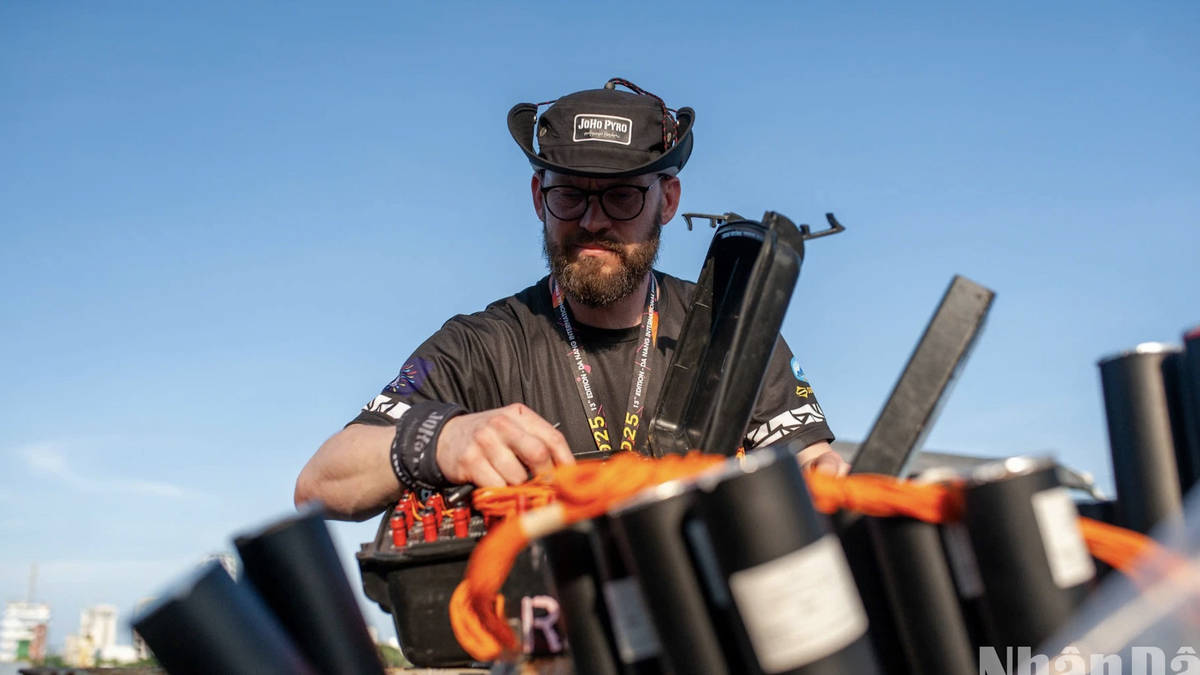
![[Photo] Prime Minister Pham Minh Chinh meets with Hungarian President Sulyok Tamas](https://vphoto.vietnam.vn/thumb/1200x675/vietnam/resource/IMAGE/2025/5/29/dbcaa73e92ea4448a03fe1d0de6d68e8)

![[Photo] Vietnamese and Hungarian leaders attend the opening of the exhibition by photographer Bozoky Dezso](https://vphoto.vietnam.vn/thumb/1200x675/vietnam/resource/IMAGE/2025/5/29/94d8ceca5db14af3bf31285551ae4bb3)

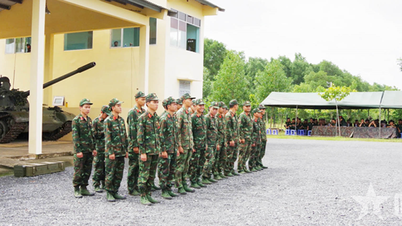
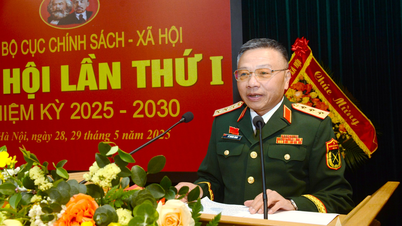
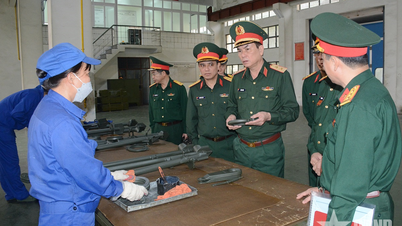
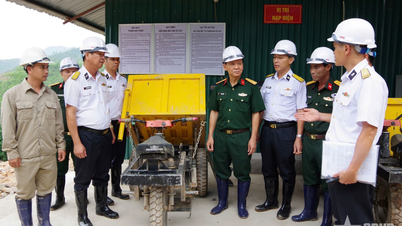
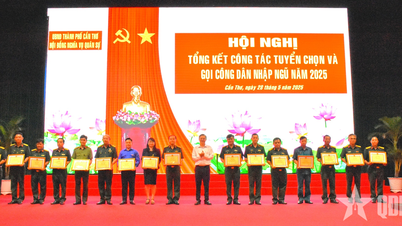





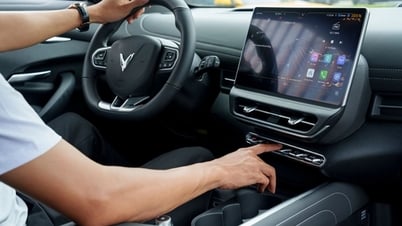
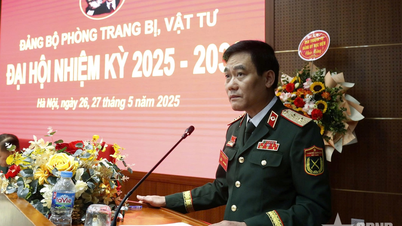
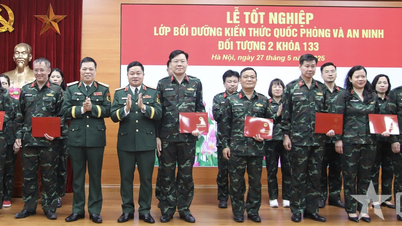
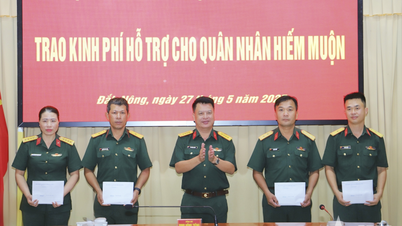
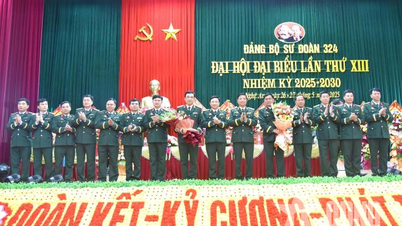
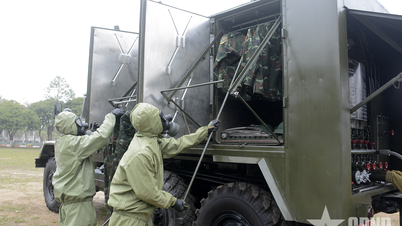

























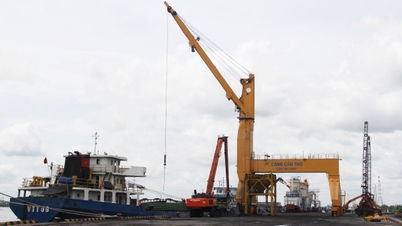


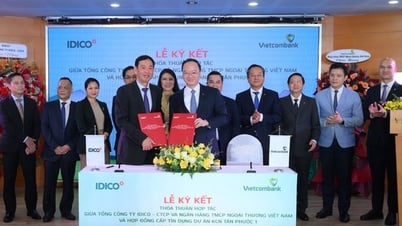

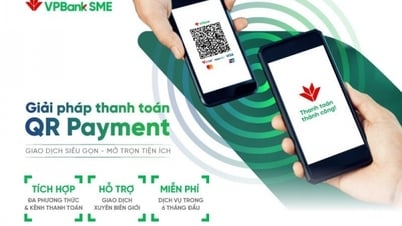



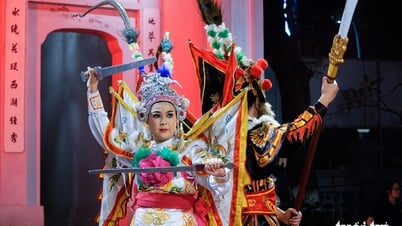

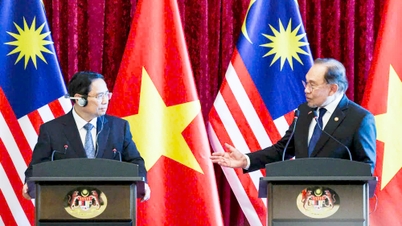
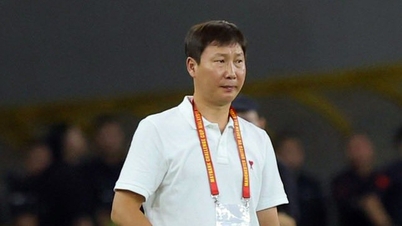
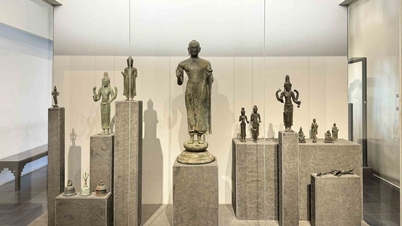
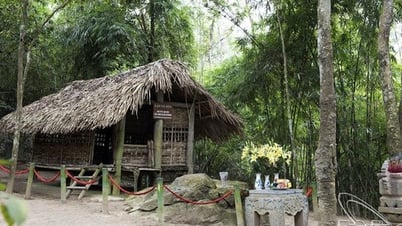
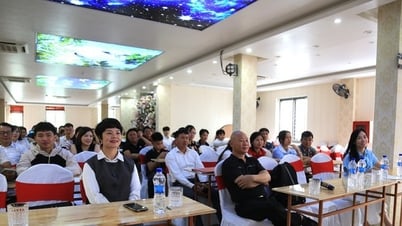
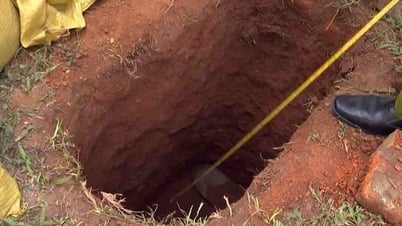
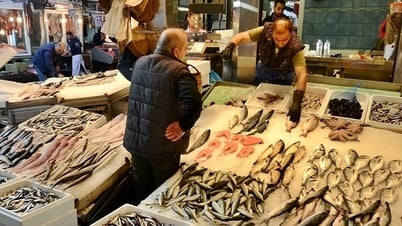

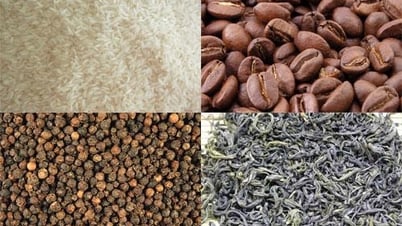
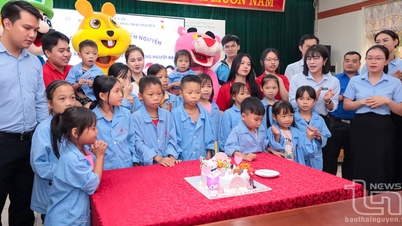

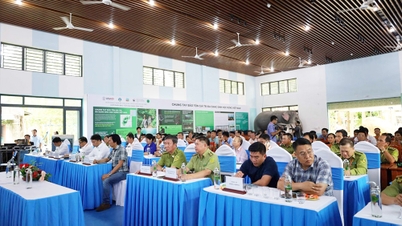

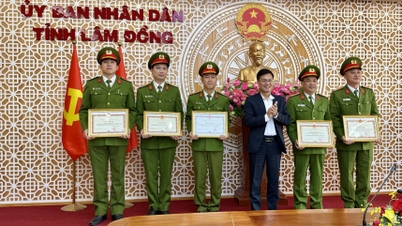
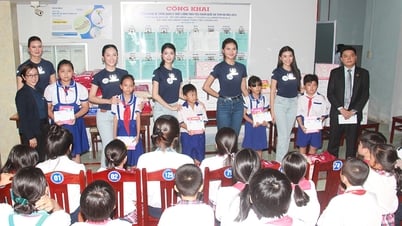


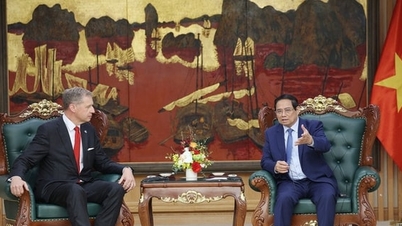










Comment (0)